THE Ford Puma it quickly fell into our affections for its dynamic aptitudes and for the small, but very effervescent, thousand three-cylinder turbochargers. Now, as Puma Vignale — the most “luxurious” equipment level in the range — it seems to want to put some “water on the boil” in itself, adding, both inside and out, an additional dose of elegance and refinement.
To achieve this, we can see that, on the outside, the Puma Vignale has gained a front grille with a distinct treatment, “speckled” by multiple chrome dots. The application of chrome elements doesn't stop there: we find them in the moldings at the base of the windows and in the lower part of the bodywork. Highlight also for the differentiated treatment of the lower part of both bumpers.
I leave it up to everyone to decide whether or not the chrome additions look good in relation to the better-known ST-Line, but the combination with Full LED headlamps (standard), the optional 19″ wheels (18″ as standard) and the also optional and striking red color of our unit, it was enough to turn some heads.
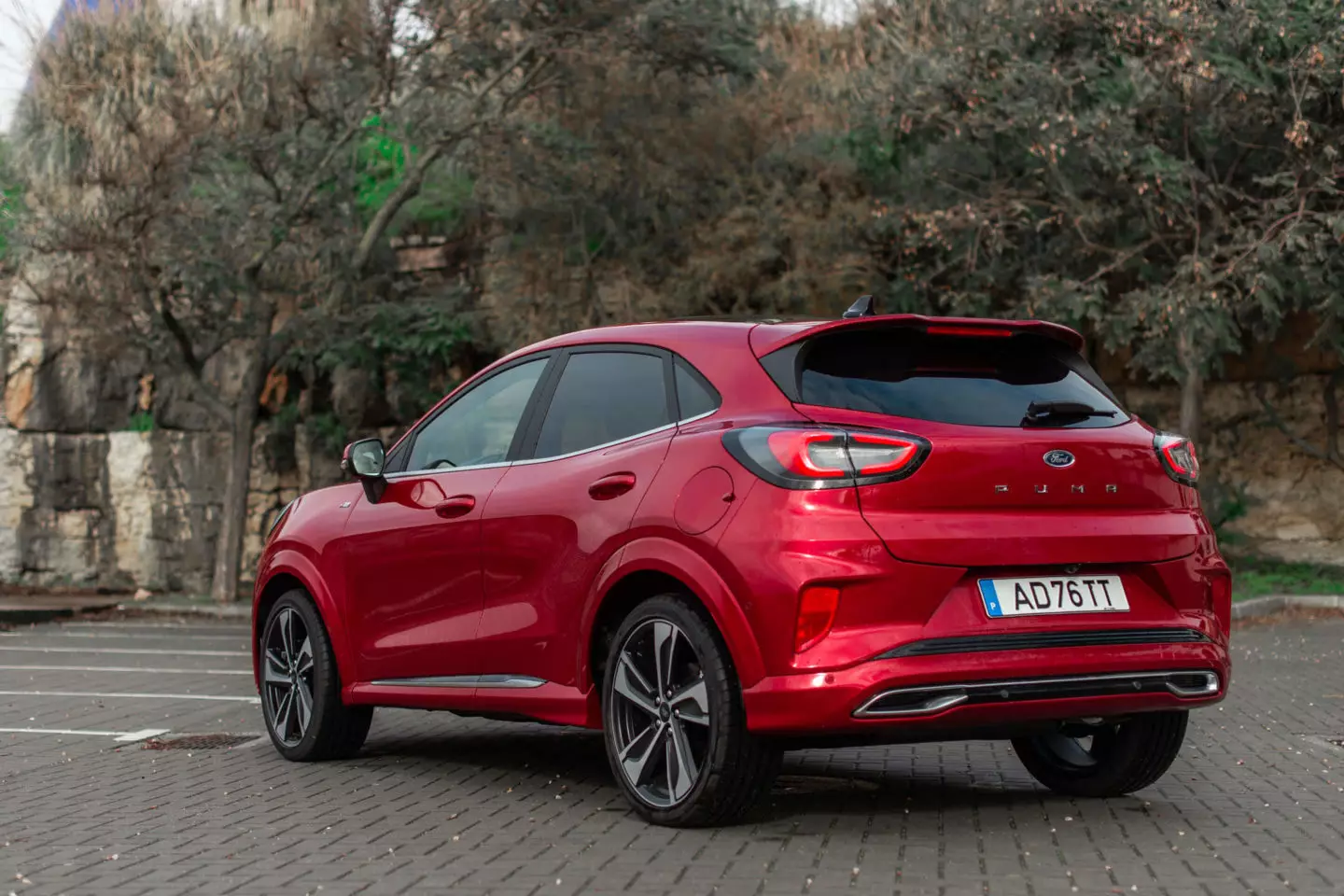
Inside, the highlight goes to the seats covered entirely in leather (only partially on the ST-Line) which, on the Vignale, are also heated (at the front). The dashboard also gets a specific coating (called Sensico) and seams in metallic gray (Metal Grey). These are choices that help to raise the perception of refinement on board the Puma compared to the sportier ST-Line, but nothing that transfigures it.
Refined in appearance as well as driving?
So, at first glance, the Puma Vignale almost convinces us that it's a more refined and refined facet of Ford's tough little SUV personality. The problem, if we can call it a problem, is when we set ourselves in motion; it didn't take long for that perception to fade and the Puma's true character to emerge.
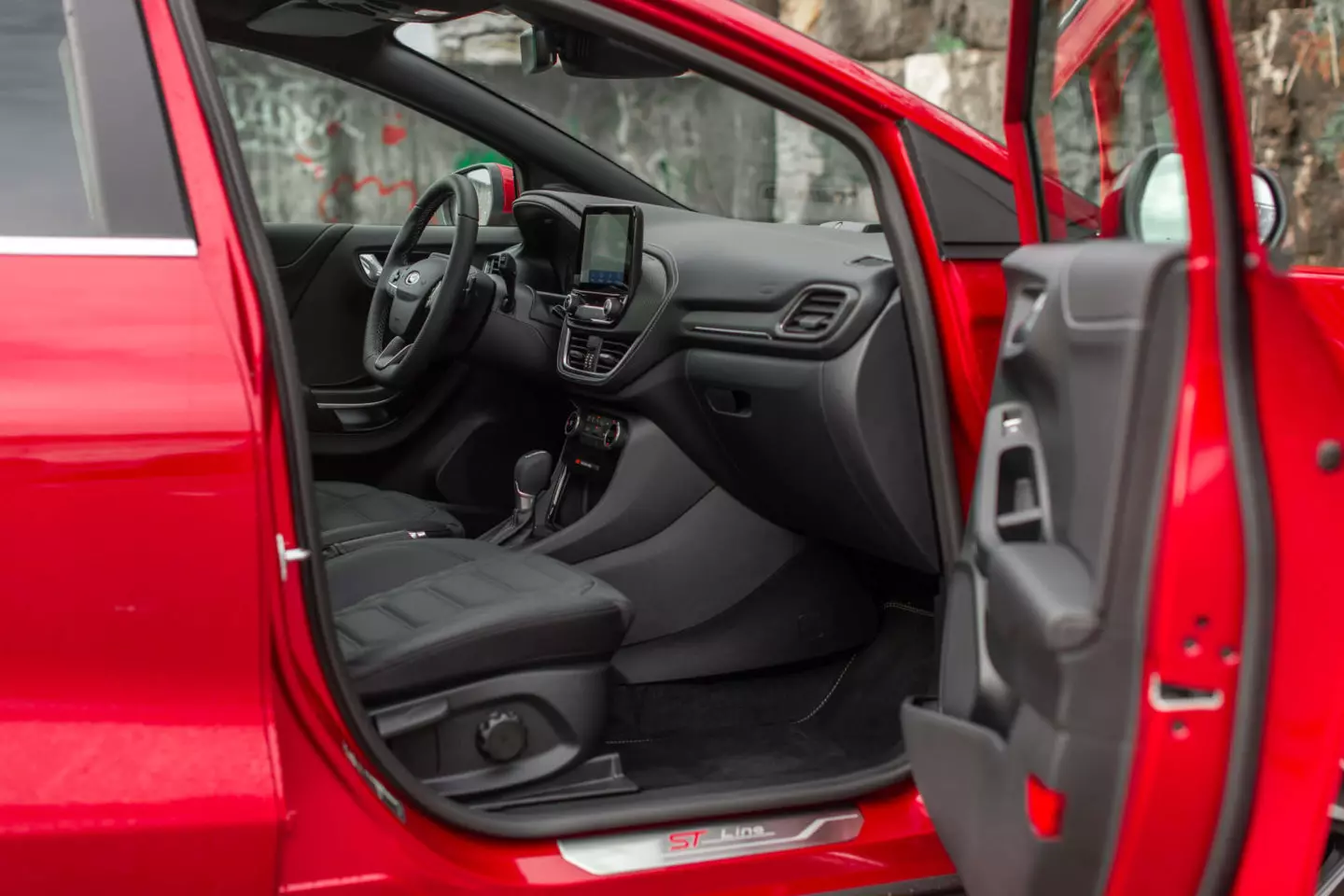
Interior inherited from the Ford Fiesta and somewhat generic in appearance, unlike the exterior, however, the onboard environment benefits from the particular coatings of the Vignale.
After all, under the hood we still have the services of the “nervous” 1.0 EcoBoost with 125 hp. Don't get me wrong; the 1.0 EcoBoost, while not the most refined of units, remains a strong argument and reason for Puma's appeal.
Subscribe to our newsletter
The novelty, in this case, is its marriage with the seven-speed automatic transmission (double clutch), but which does little or nothing to dilute its vivacious temperament — and thankfully... — despite the tendency to change gear more sooner rather than later, not letting the engine ramp up to higher revs, where the three-cylinder feels surprisingly at ease in contrast to other similar engines.
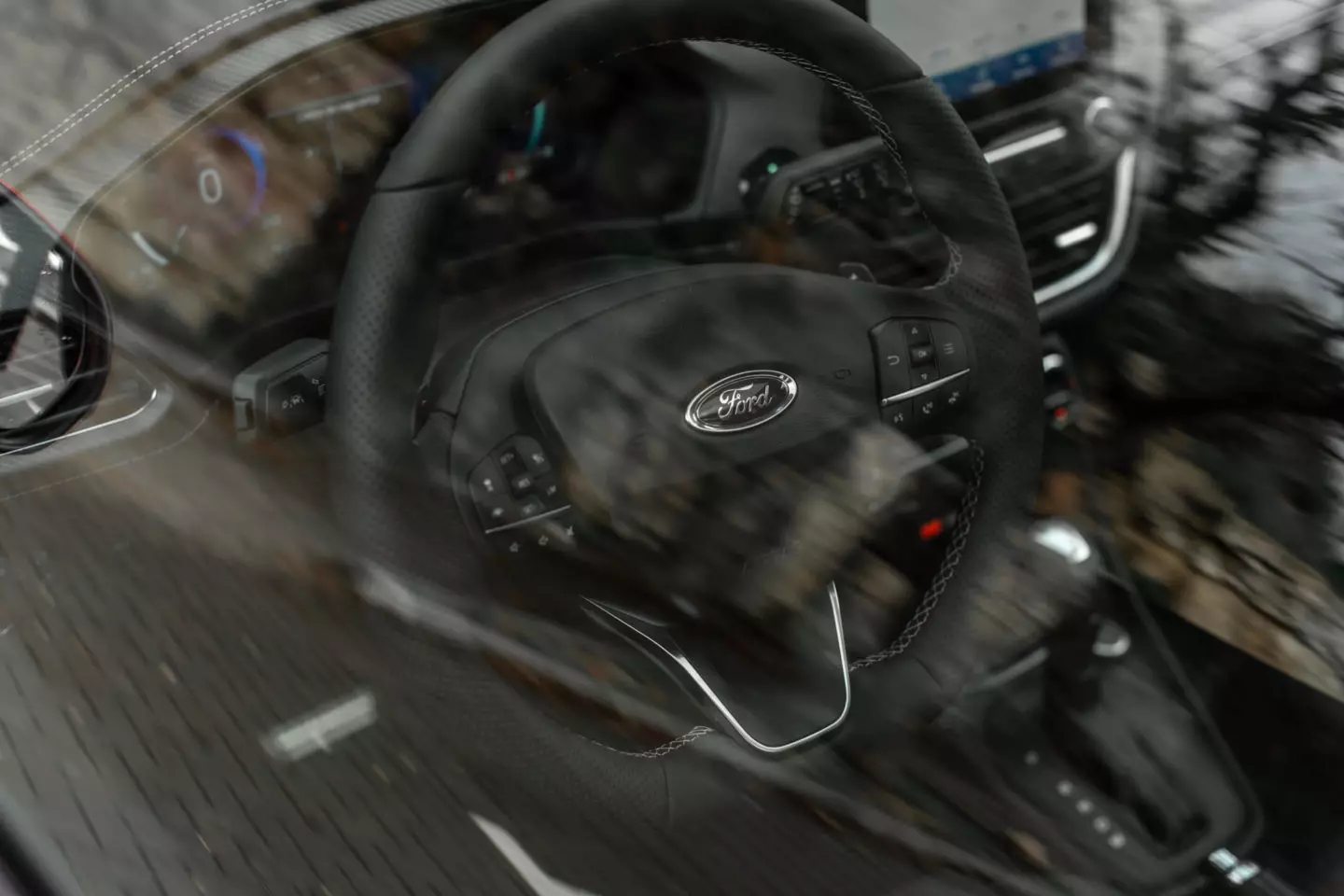
Steering wheel is in perforated leather. Very good grip, but the diameter could be a little smaller.
In order to make the best use of the engine's “bubbly” character, we have to select the Sport driving mode. In this mode, the dual-clutch gearbox lets the engine rev more before changing gears and its action is even more convincing than in other models with double-clutch gearboxes in comparable modes. Alternatively, we can choose to manually select the ratios using the “micro-slips” behind the steering wheel — they could even be bigger and not rotate with the steering wheel.
Another aspect that doesn't play in favor of this more “posh” interpretation of the Puma has to do with its soundproofing. We've mentioned it on previous occasions, but here it seems to be more evident, through fault, I assume, of the optional 19-inch wheels and the lower profile tires that came with this unit. Rolling noise, even at more moderate speeds (90-100 km/h) becomes more evident than on the ST-Line with 18″ wheels (which wasn't the best either).
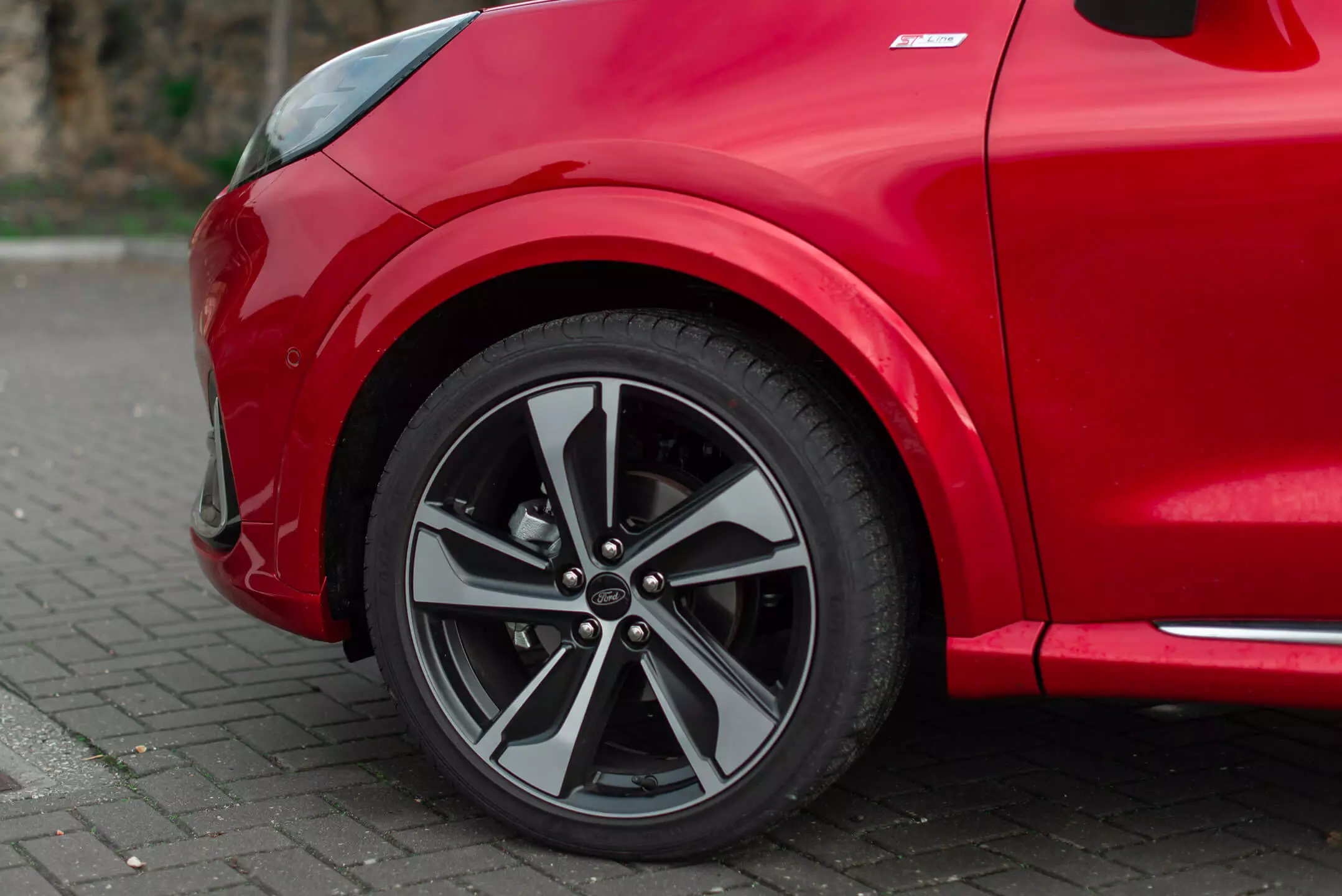
More rim and less tire profile don't help with the damping issue either. The Ford Puma is characterized by being something dry and firm, and with these wheels, that characteristic ends up being increased.
On the other hand, dynamically, the Puma, even in this Vignale finish, remains the same as itself. What you lose in comfort, you gain in control (of body movements), precision and chassis responsiveness. Furthermore, we have a cooperative rear axle q.b. to put a healthy dose of entertainment into these more fast-paced moments.
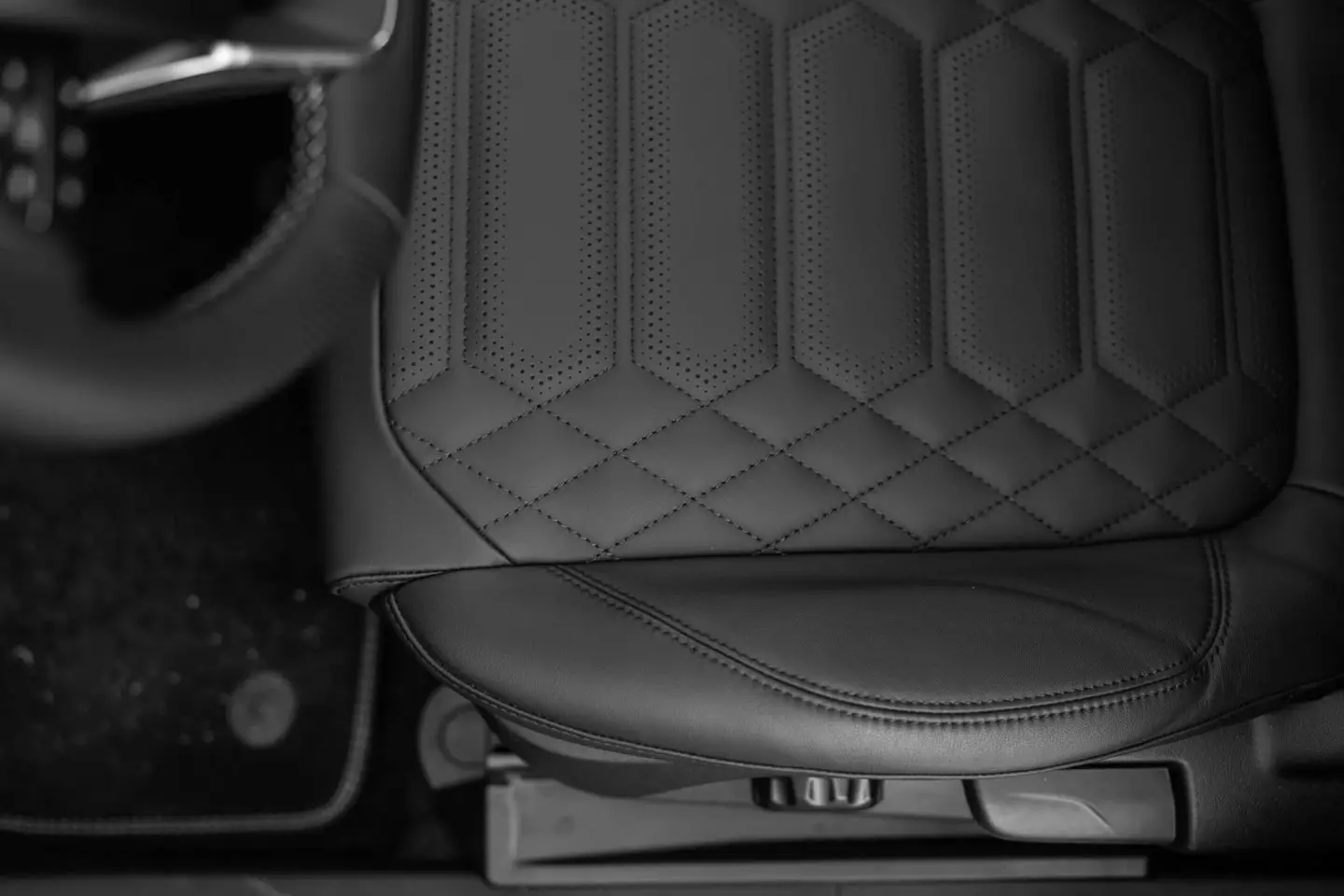
The seats at Vignale are fully covered in leather.
Is the Ford Puma car right for me?
The Ford Puma, even in this more sophisticated Vignale outfit, remains the same as himself. It is still one of the references in the segment when it comes to combining the most practical advantages of this typology with a genuinely captivating experience behind the wheel.
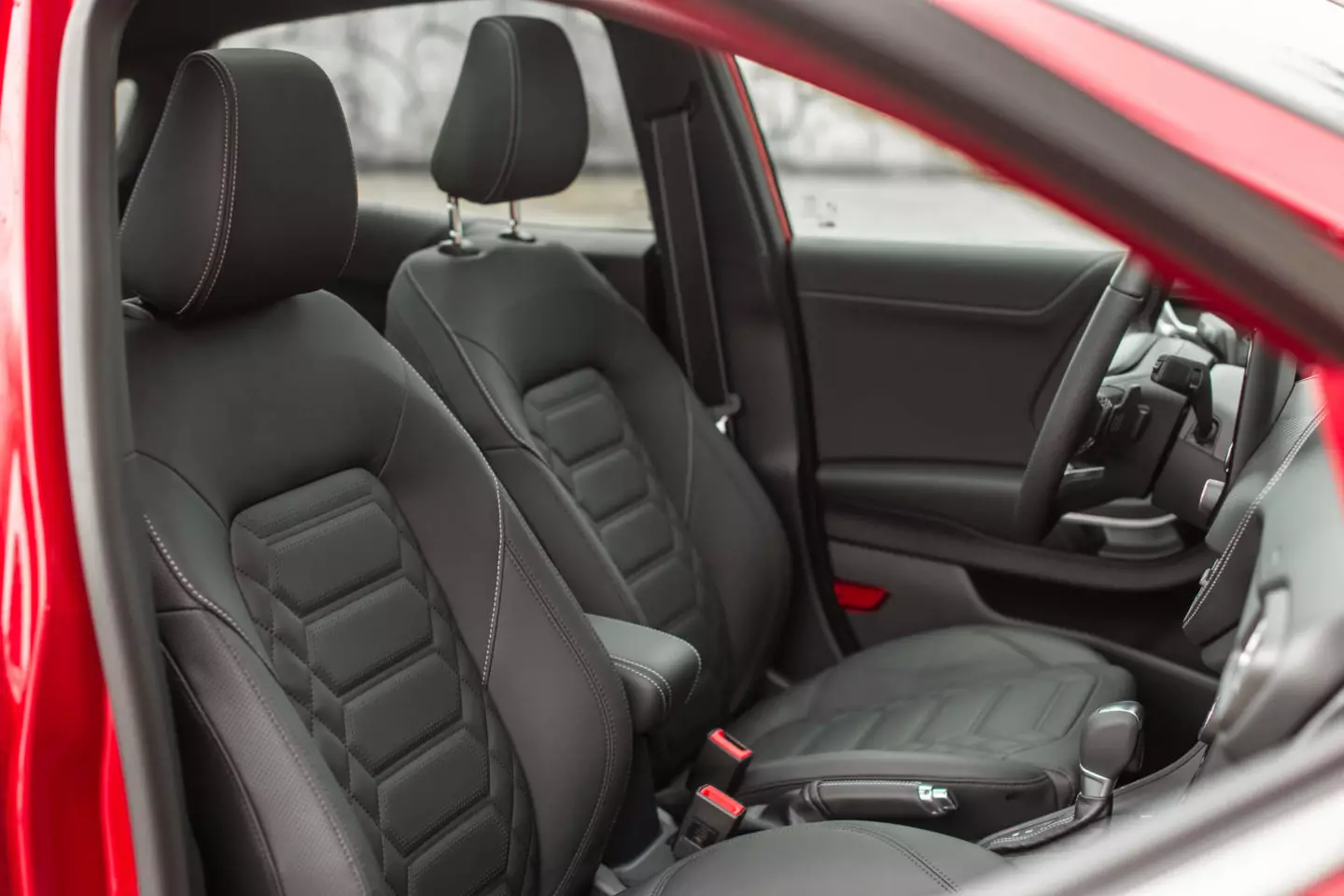
The seats are somewhat firm, not the most comfortable in the segment, but they offer reasonable support.
However, it is difficult to recommend this Puma Vignale in relation to the ST-Line/ST Line X. Most equipment present in the Vignale is also found in the ST-Line (although, in one or another item, it increases the list of selected options), and there are no differences from the dynamic set-up (for example, it is no longer comfortable, as its more refined orientation promises).
Regarding the double-clutch box, the decision is a little more ambiguous. First of all, it's an option that isn't limited to Vignale, it's available on other equipment levels as well. And it's not hard to justify this option; it is undeniable that it contributes to a more comfortable use in everyday life, especially in urban driving, making a good match with 1.0 EcoBoost.
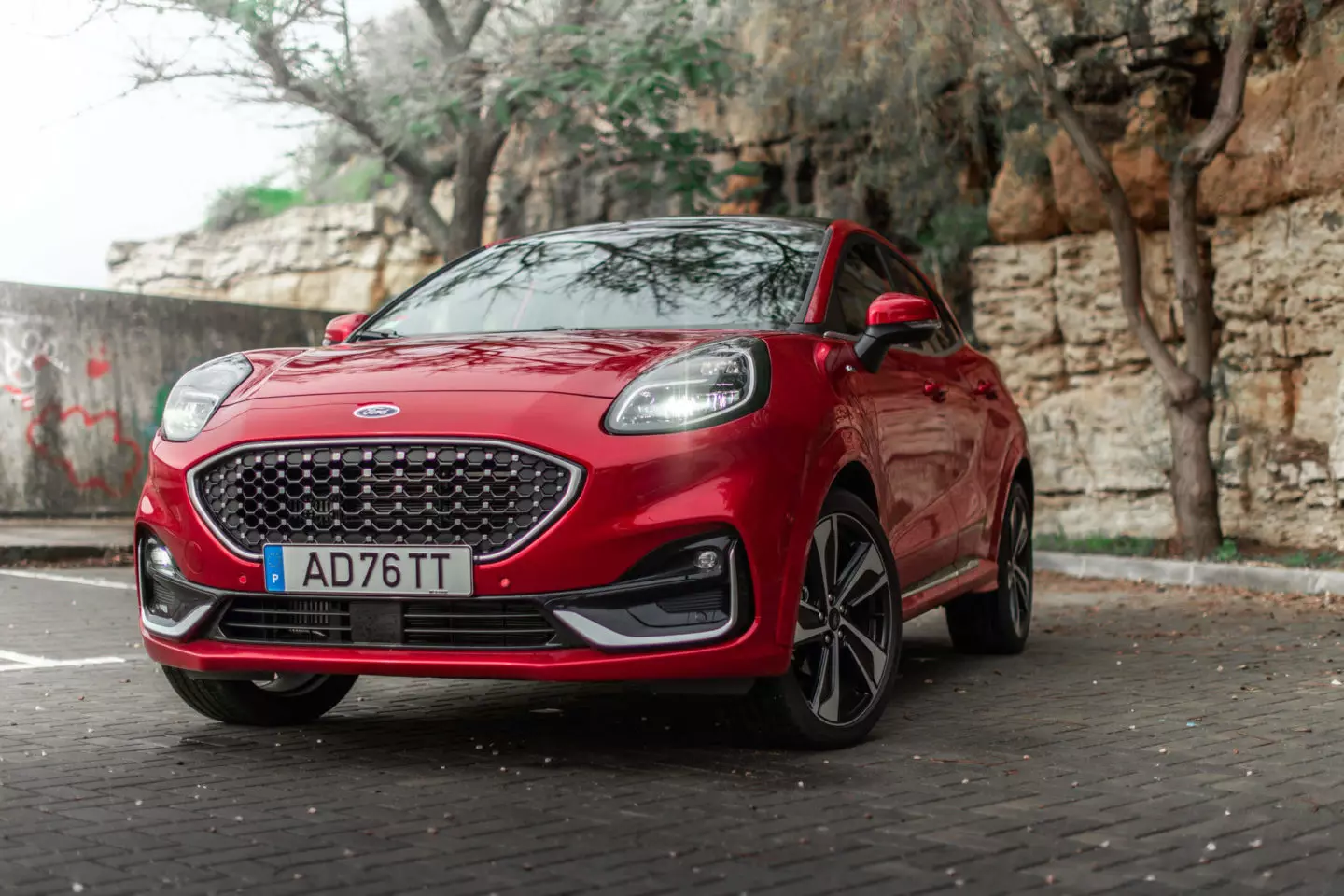
On the other hand, it makes the Puma slower in terms of installments and more expensive compared to the ST-Line X with manual transmission that I tested on the same routes last year. I registered consumption between 5.3 l/100 km at moderate speeds stabilized (4.8-4.9 with manual transmission) which rose to 7.6-7.7 l/100 on the highway (6.8-6, 9 with manual box). On shorter and more urban routes, it was a few tenths north of the eight liters. The wider tires, a consequence of the optional wheels, are also not helpful on this particular topic.
The Ford Puma ST-Line with this engine (125 hp), but with manual transmission remains the most balanced option in the range.
